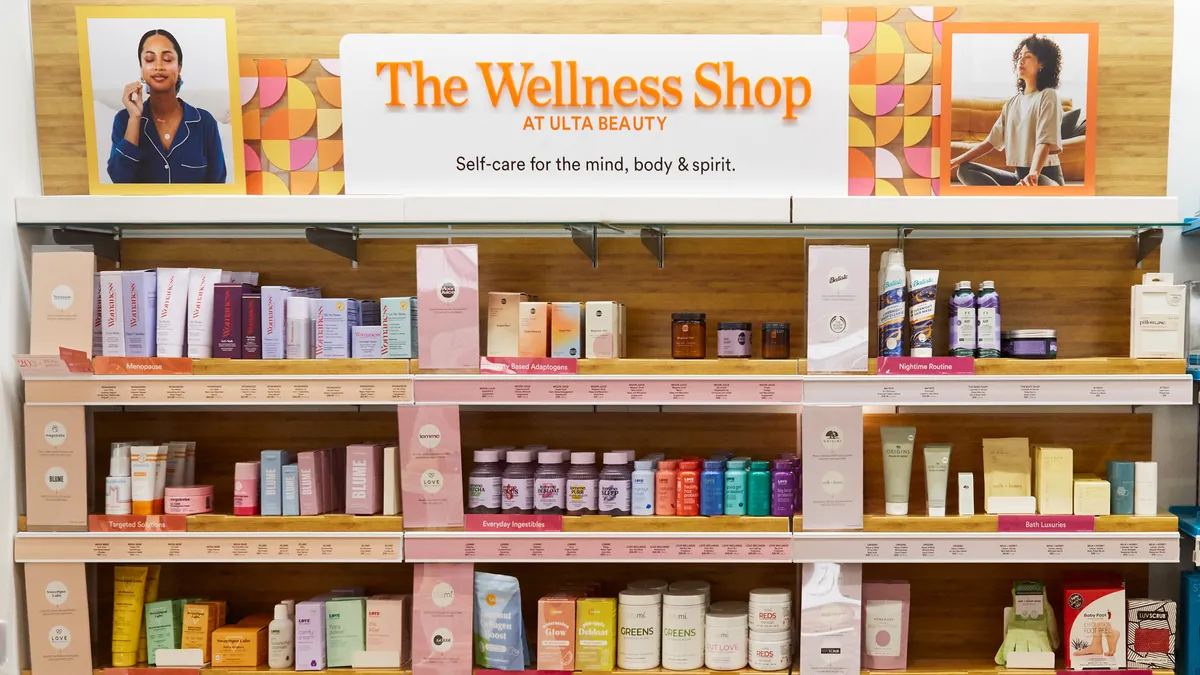Product reviews make a big impact on consumers’ expectations and online purchase decisions. But a new survey from PowerReviews says that shoppers not only look to online reviews for more information, but the majority (57%) actually prefer to visit e-commerce sites that offer reviews.
“In the last three to five years, the presence of reviews has reinforced the expectation that there should be reviews,” PowerReviews CEO Matt Moog told Retail Dive. “People who shop online have come to expect them as part of the experience, and as a result, are using them more.”
The company recently issued The Power of Reviews, a study asking more than 800 U.S. consumers how ratings and reviews impact their decision-making, where they look for information and how it affects their purchase behavior. The takeaways? Consumers want to see reviews good and bad, and expect to see them in every channel.
From information to expectation
Ratings and reviews have fast become a primary source of information for shoppers; almost all of the survey respondents—95%—say that they have consulted customer reviews at some point in the past. But one-quarter (24%) say they consult reviews for every purchase, and among shoppers 18 to 44, that figure is 30%.
Ratings and reviews scored second only to price as the most important consideration affecting a purchase decision in the survey; recommendations from family and friends, product brand, and free shipping had less influence. Those 18 to 44 were 61% more likely to trust consumer reviews over friends and family.
As the purchase price increases, so does the importance of reviews. Shoppers rated the availability of product reviews as an especially important factor when looking at buying big-ticket items such as electronics (82%), appliances (80%), and computers (80%).
A question of trust
Why are reviews so important? The implied transparency helps establish authenticity and trust among consumers. And beyond the benefits of increased conversion and improved SEO, customer reviews offer unique perspectives on the user experience, Moog says—even the bad ones.
“Negative reviews are essential to building consumer trust,” he says. “If all you do is present glowing, positive reviews, it really reduces credibility. We have found that the majority of consumers actually seek out negative reviews as a way of confirming credibility, and also determining that the things in the negative reviews seem relevant.”
In other words, even a bad review offers insight into future product performance. Most people understand that another person’s negative could be an insignificant or positive factor for them, and will adjust their expectations accordingly.
Interestingly, retail marketers are doing a better job of winning consumer trust. According to the survey, the majority of shoppers (53%) said that retail sites offer the most trustworthy reviews, while 39% look to media outlets as the most credible.
Toward a critical mass
While there is no “ideal” number of reviews, two-thirds of consumers (66%) said they read between one and 10 before making a purchase. The optimum number depends on the product’s use: More are better for considered purchases such as a television or camera, for example, which vary widely in price and functionality, but other categories have considerations such as price, safety, performance and durability.
Longer reviews tend to be better than one-liners for distilling the user experience, Moog says and reviews have more weight when they are recent. “Some reviews are more valuable than others,” he says. “We try to focus on identifying the valuable reviews. If the product is popular and selling at a high price point, that review will have more impact.”
Because shoppers use reviews to assess products quickly, however, the information needs to be easily accessible and digestible. PowerReviews recommends a tag-based format that includes a snapshot of pros and cons in addition to the user’s narrative, which makes them SEO-friendly and easy to internalize.
Managing expectations
Consumers adjust their expectations based on ticket price, so a simple rating may not be sufficient information. In household appliances, for example, there may be value-priced, midrange and premium options that score similarly. “The expectations are different, Moog says. “If you buy a $25 humidifier at Walgreens, your expectations aren’t the same as if you spend $350 on a high-end, hypoallergenic humidifier at a specialty store.”
Unfortunately, while most consumers expect reviews, they don’t participate in writing them often. Less than half (42%) of respondents leave feedback for the products they buy, and those who do skew older. Brands looking to engage customers must make the feedback process easy and reward participation, the report says.
Brands and retailers can also use the feedback garnered by reviews to tweak offers, pick suppliers and manage aspects of product development. “Reviews are effectively changing the products themselves,” Moog says. “It’s the best form of market research—real-time and specific, from people you know have used the product.”
Taking feedback mobile
In the omnichannel marketplace, the expectation for reviews is spreading across platforms. Some 70% of mobile shoppers reported being more likely to purchase a product if the retailer’s mobile site or app offers reviews, and the younger the customer, the more pronounced the preference.
Companies wishing to avoid showrooming will offer reviews at every touchpoint, Moog says. Marketers will need to leverage reviews in mobile channels and in-store with beacons, near-field communication (NFC) tags, QR codes, SMS messages, and print and digital signage—or surrender their mindshare to the competition.
“Consumers have been trained to look for them online, and we believe they will come to expect them offline, as well,” Moog says, “If retailers don’t present or promote reviews in stores, consumers will use their phones to find them. They risk the consumer going to Google or Amazon, and risk potentially losing them as a customer.”





















